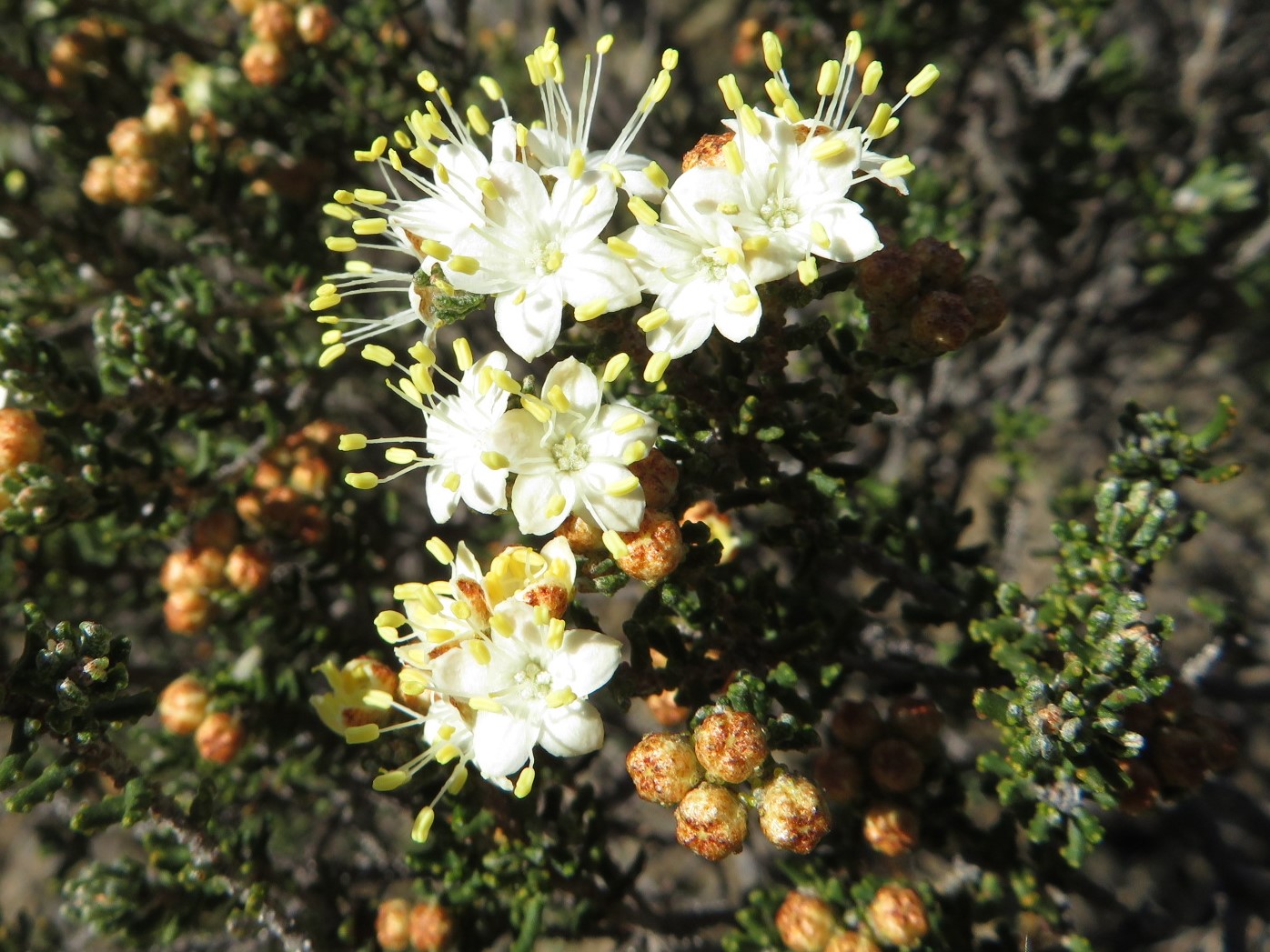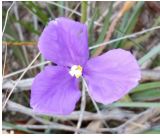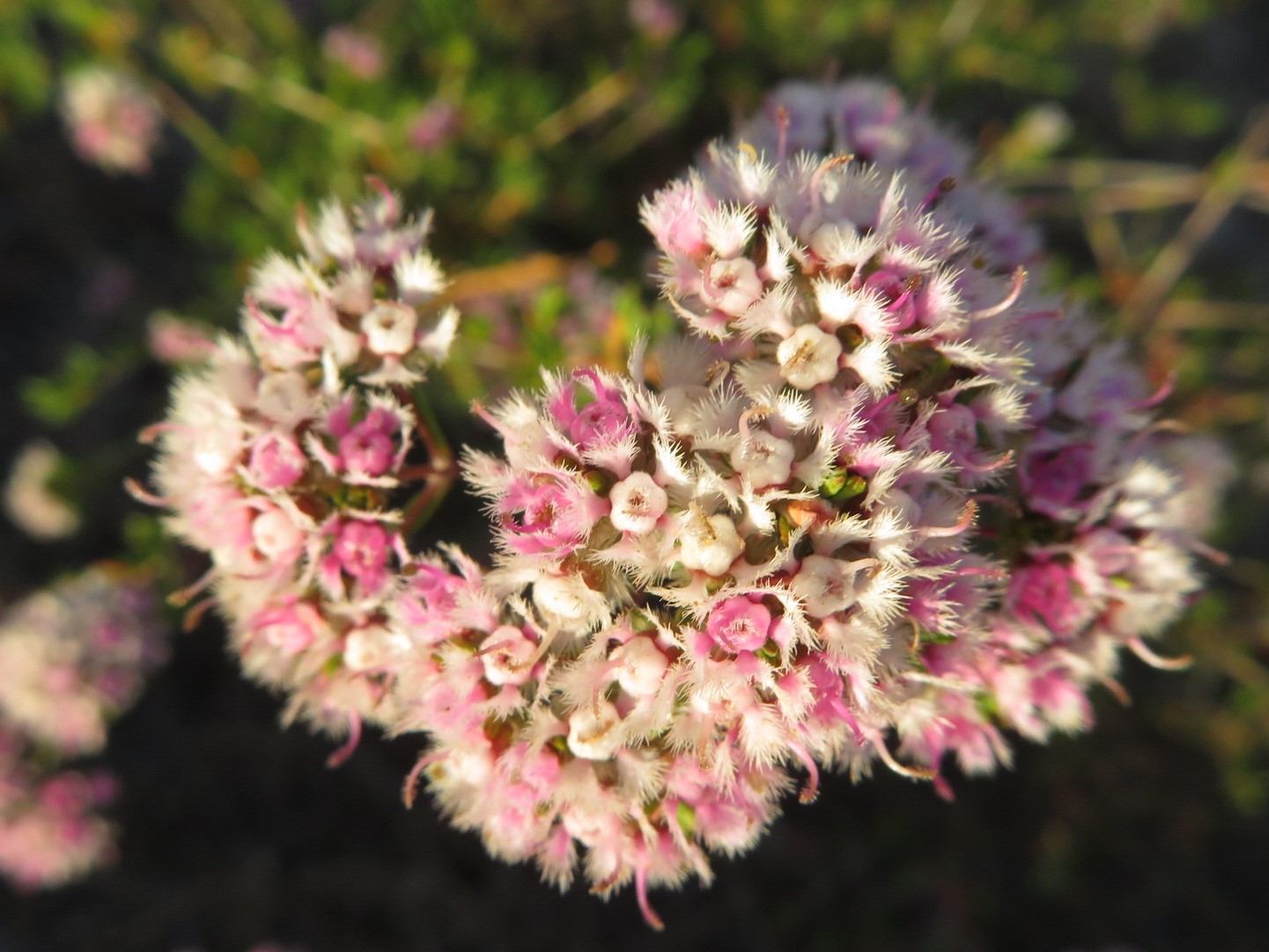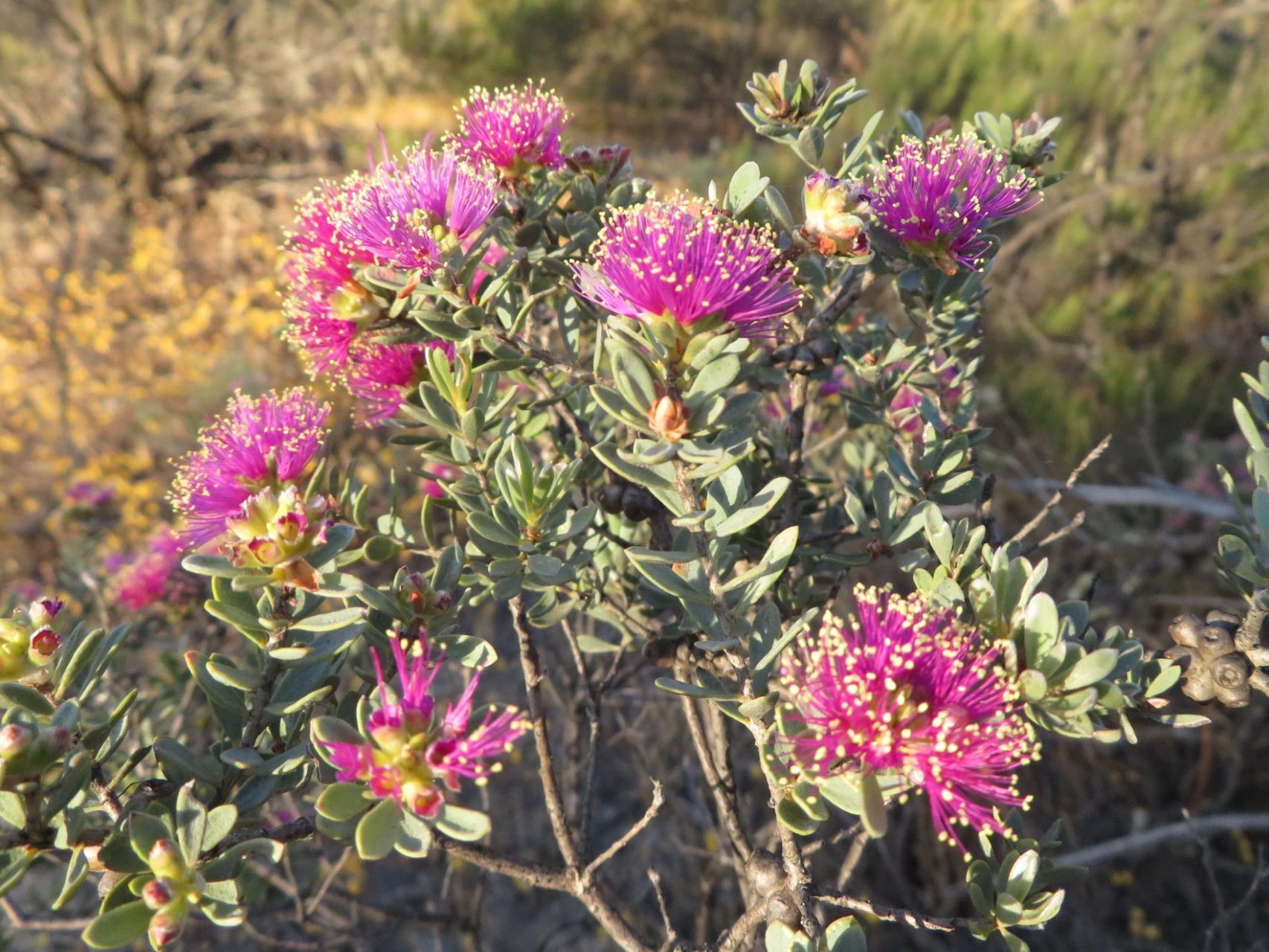Tourism in Dowerin
‘Rusty’ & ‘Rosey’
‘Rusty’ stands guard at the west entrance to town. This was an innovative project designed by students from Dowerin District High School in 2004 and the inspiration for Rusty comes from the legend of the ‘Tin Dog Creek’. Tin Dog Creek got its name during settlement of the area and the commencing of mining in the Yilgarn Goldfields.
‘Rosey’ is located along Stewart Street with her paw directing visitors to the Dowerin Community Resource Centre. Rosey joined Rusty in 2021 in celebrating the Tin Dog Creek and acknowledging the contribution of women pioneers who were integral to the development and growth of Dowerin.
Parking and picnic facilities are available alongside both Rusty & Rosey.
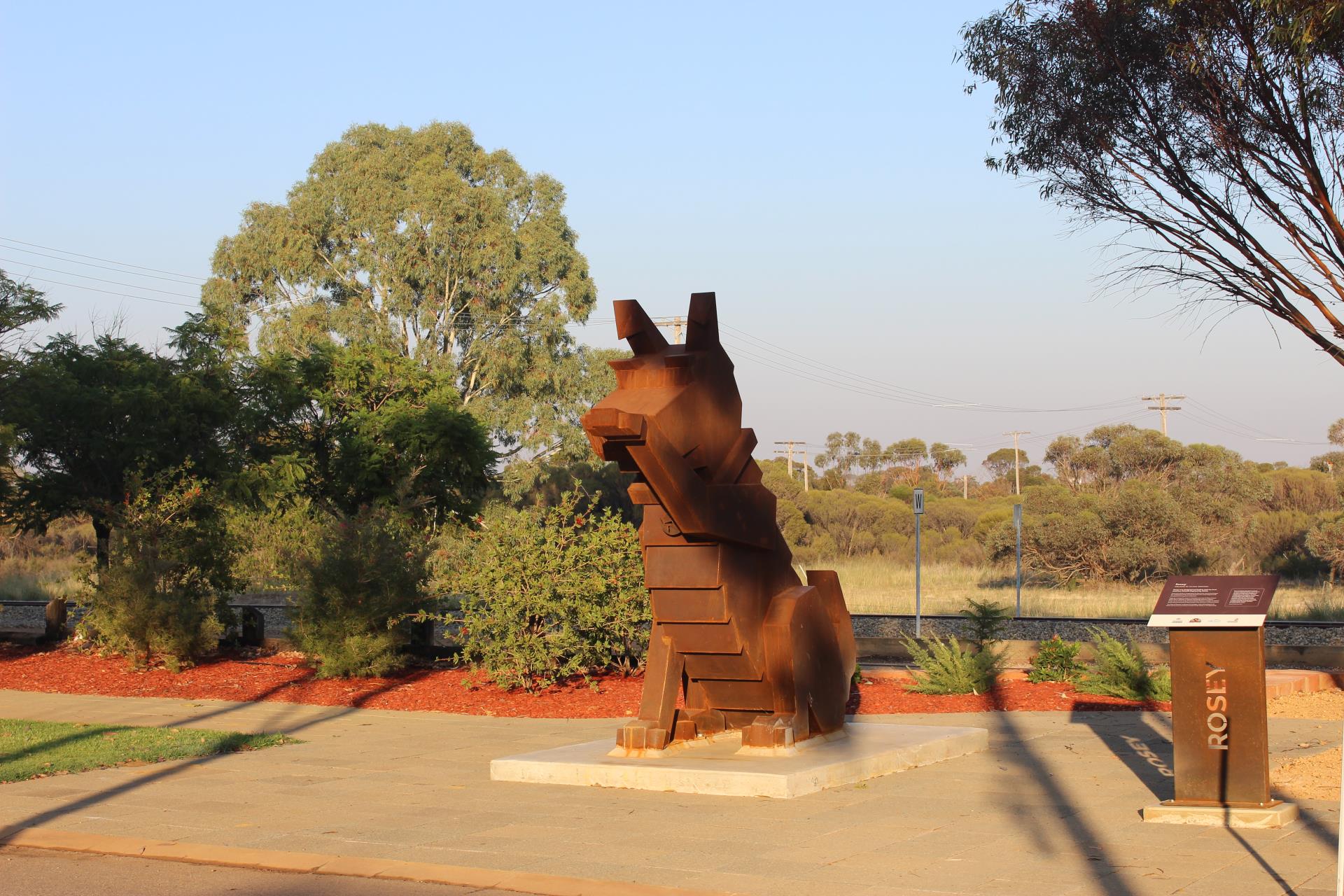

.
Tin Dog Creek Walk Trail and Bird Hide
The walk trail is just off Redding Road, approximately 100m from the information bay on Goldfields Road. Walk through some of the last strands of untouched natural bush in the Wheatbelt by choosing one of 2 trails (long or short). Several interpretive panels are located along the trail providing interesting information about the surroundings. View the stunning bird life through the 'Window of the Wheatbelt' located at the Bird Hide.
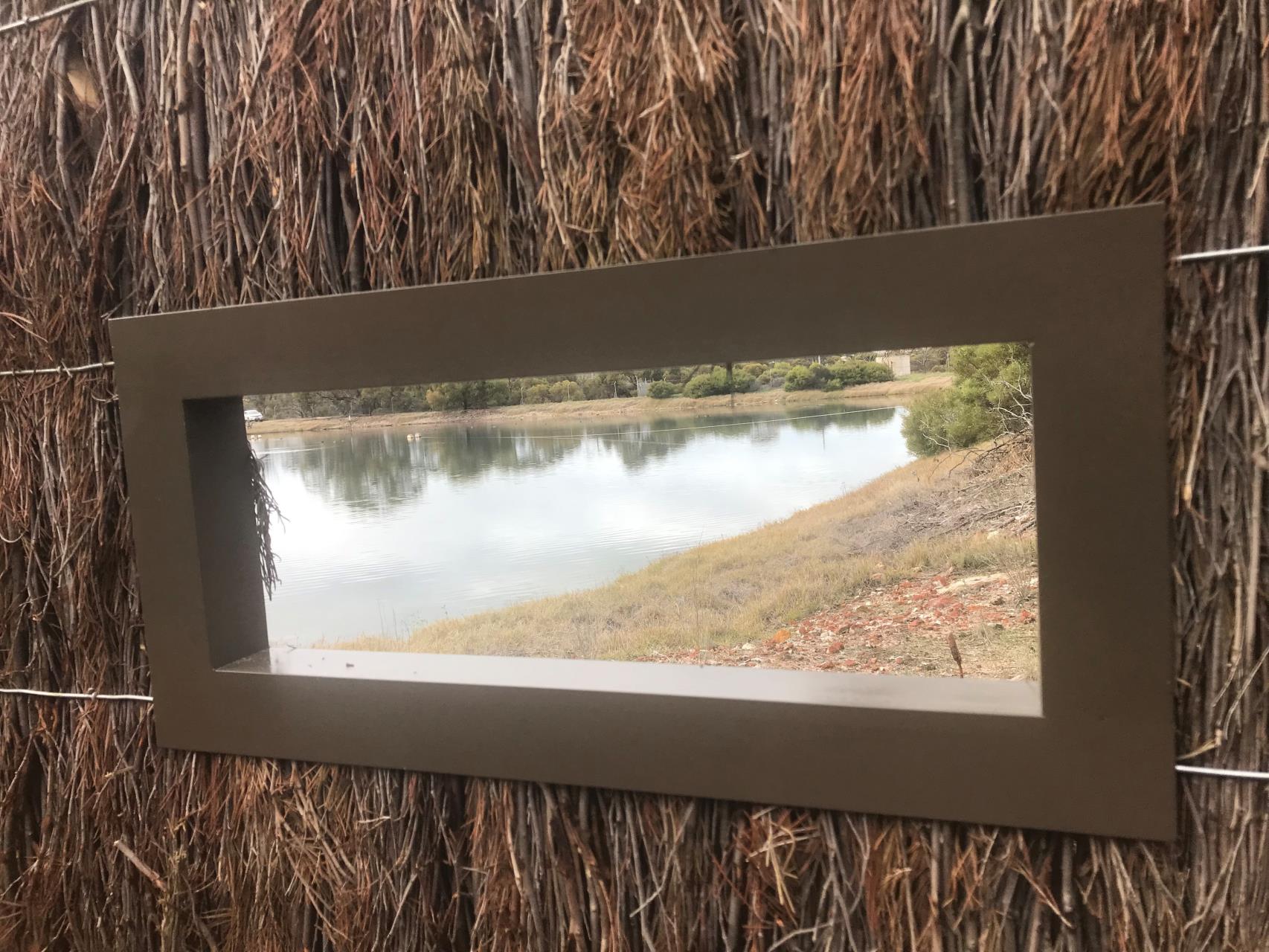
.
Dowerin Museum
Located on Cottrell Street, opposite Anderson Street. This original 1915 residence is bursting with artefacts and memorabilia. Built in 1915 by Mr Eugene O’Shaughnessy, the old O’Shaughnessy family home has been restored and filled with furnishings from yesteryear. Further to the ambience of the cottage, a wander in the backyard reveals a reconstructed saddlery and shed complete with blacksmiths and saddlery tools.
The Dowerin Museum is home to two stories to explore along the Pioneers’ Pathway. The Story of Mr Eugene O’Shaughnessy can be found at the rear of the building, along with items which replicate a saddlery store. The front of the museum boasts a story featuring the Couper Sisters, Jean & Mary. The story captures the history of the organ, which can be found inside the museum.
Viewings by appointment only. Please call the Shire Office on (08) 9631 1202 to arrange a viewing.
.
Minnivale
Once a bustling town, Minnivale is now home to a spectacular array of wildflowers from July to October. Driving through Minnivale today you will see the brick store built in 1921 still displaying advertisements from long ago, the church built in 1925 and the old baker’s oven still standing in the main street.
Minnivale is home to the Wheatbelt Heritage Rail Discovery Centre. The Discovery Centre is housed within a 1964 Type B wheat bin, a design which is rapidly disappearing. Within the wheat bin is a collection of carriages dating from early in the 20th century. Climb aboard passenger carriages, read the history of the district, along with the early days of the wheat industry.
Viewing by appointment only. Please call the Shire Office on (08) 9631 1202 to arrange a viewing.

.
Namelcatchem Well
Namelcatchem Well is located within a 600 acre DPaW Class A1 Reserve, 17km east of Dowerin, at the intersection of the Cunderdin- Minnivale and Goomalling-Merredin Roads.
Built sometime before 1865, making it the earliest European built structure in the area, this well was initially used to provide water for miners and travellers. Later horse teams carting wheat to Minnivale found it essential as it held sufficient water for 70 horses.
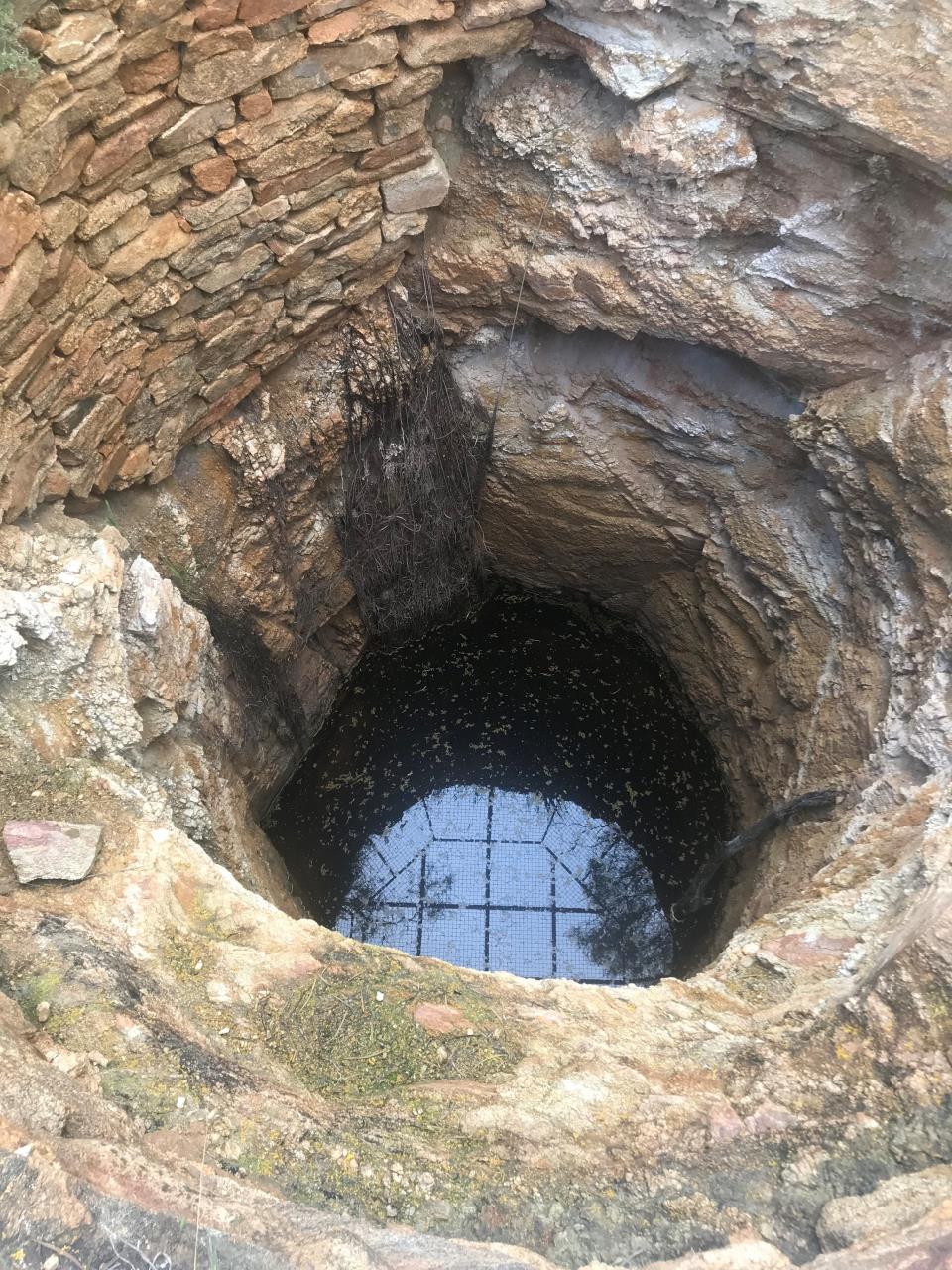
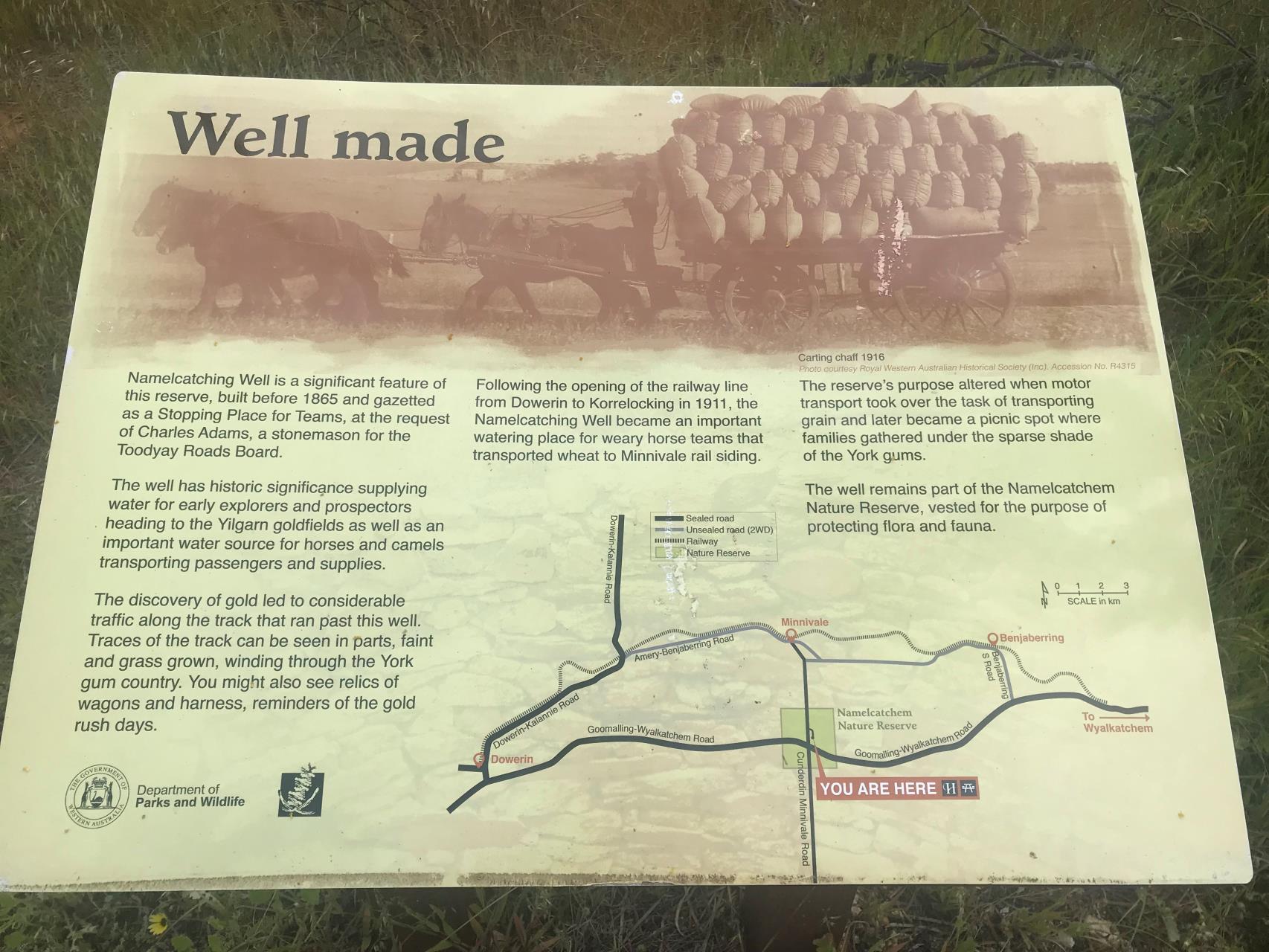
.
The Rabbit Proof Fence No.2
This fence runs north/south through the eastern third of the Shire. It was built in 1907/1908 and much of the fence remains in good condition. Mile posts mark the distance from the south coast. The fence originally went from Point Ann to north of Cue, where it turned east to join Rabbit Proof Fence No.1 at Gum Creek.
It is one of three long fences in the state designed to control the rabbit plague, which could wreak enormous havoc in agricultural areas. The fences failed in their purpose, although much time and money was expended to make them work. They stand as a testament to human intention to control a pest, which was and is a national problem.
.
Dowerin Machinery Field Days
This annual event is held on the last Wednesday and Thursday of August. It provides manufacturers an opportunity to exhibit and demonstrate farm machinery, equipment and allied industries to primary producers, city and overseas visitors. Over 25,000 visitors flock to Dowerin over these two days and it gets bigger every year.
2014 was the 50th Anniversary of the Field Days, a fitting tribute to the endeavour and commitment of the Dowerin Events Management team and the community of Dowerin.
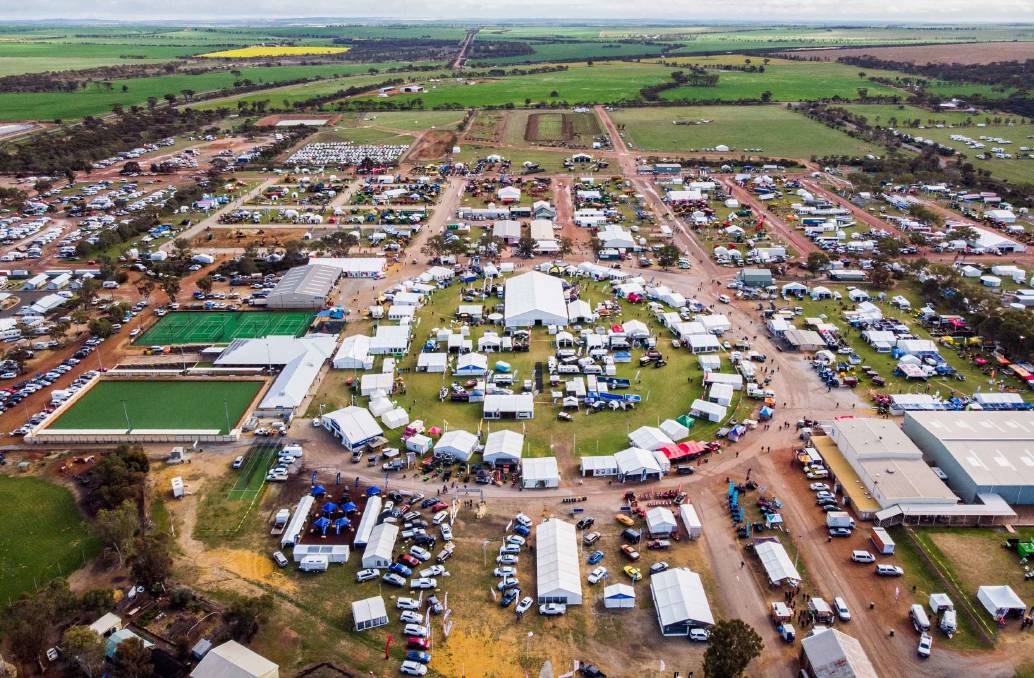
.
Wildflowers
Dowerin has several reserves within the Shire which are home to an array of wildflowers including the Dowerin Rose, native bush and abundant wildlife. Most wildflowers can be observed between July and October, but as wildflowers are heavily dependent on rainfall during winter, the more rain, the more wildflowers there are to enjoy.
Hotspots include Tin Dog Creek Reserve, Namelcatchem Reserve, Minnivale Reserve and Cullimbin Well.
Some orchid species spotted include Donkey, Bunny, Leek and Spider. Many species of flowering wattles, grevillea and hakea can be seen on road verges and throughout the reserves, while pink, white and yellow everlastings can sometimes form a carpet of colour from late August through to October.
